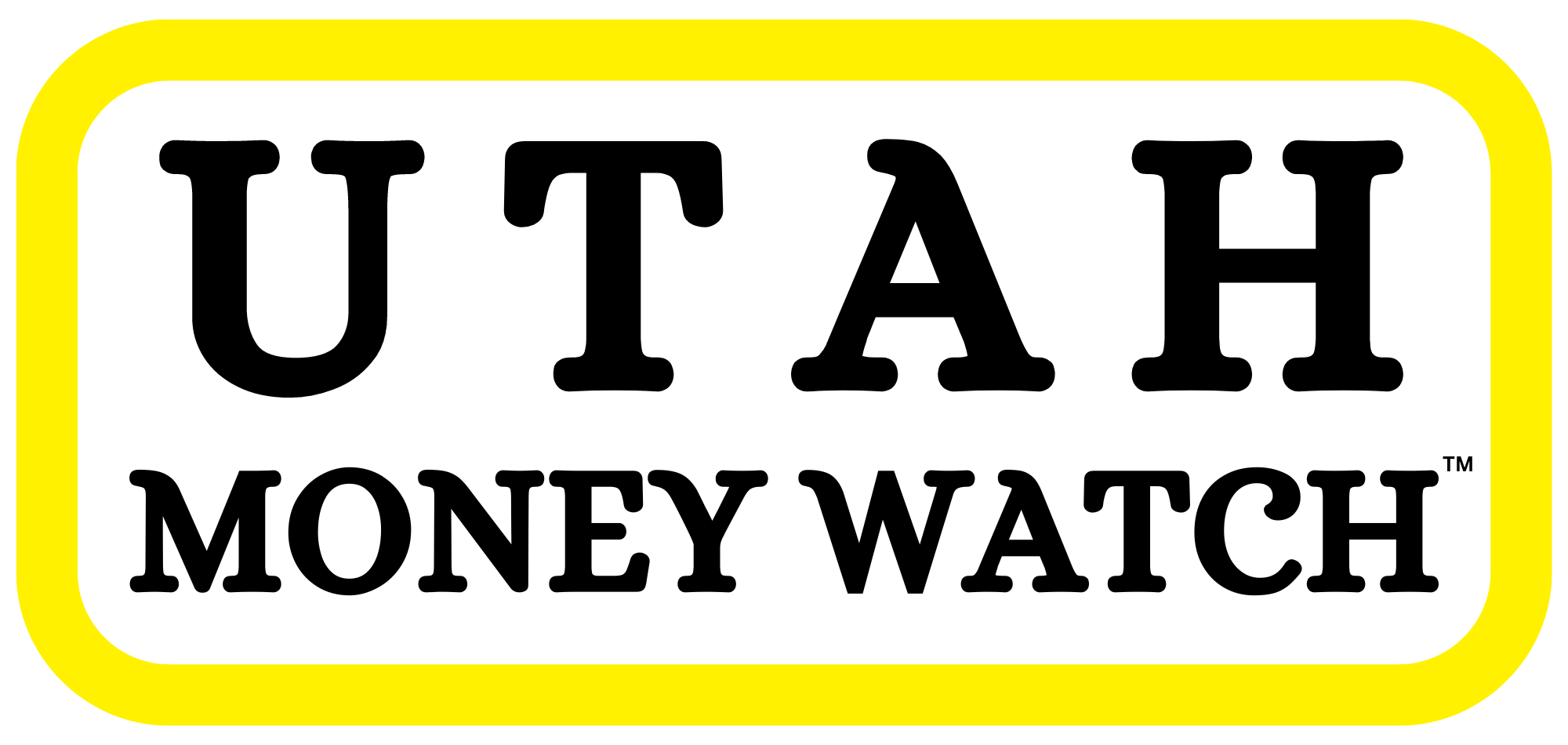Farmington-based PACS is Poised to Shock Utah's Biz Community with its $3.1 Billion IPO Slated to Hit Today, Thursday, 11 April 2024
Following the IPO, PACS will have ~148 million shares of common stock outstanding, giving the Utah-based healthcare provider an anticipated market capitalization of ~$3.1 billion.

Eleven-year-old PACS Group runs over 205 Skilled Nursing Facilities (SNFs) in nine states, with over 32,000 employees serving upward of 23,000 patients and residents.
Through today's planned Initial Public Offering, PACS expects to raise ~$450 million in gross proceeds (based upon a targeted price of $21.00/share).
Following the IPO, PACS will be a "closely held" public company with ~148 million shares of common stock outstanding, giving the Utah-based healthcare provider an anticipated market capitalization of ~$3.1 billion.
If you ask most Utahns what business pops into their head when they think of Farmington, Utah, chances are the vast majority will say Lagoon, Utah's amusement park that has been thrilling adventure seekers for over a century.
And yet, less than one mile immediately to the west of Lagoon on the other side of Interstate 15 is a healthcare company that I suspect few in Utah even know exists, even though this Farmington, Utah-based firm generated $3.1 billion in revenue in 2023.
Nevertheless, if all goes according to plan this morning, PACS Group will no longer be Farmington's quiet afterthought as PACS is slated to complete today an Initial Public Offering of its common stock via the New York Stock Exchange, selling roughly 21.4 million shares in the process and garnering gross proceeds projected at ~$450 million.
This represents the most amount raised in an IPO by a Utah-based company since Salt Lake City-based Recursion Pharmaceuticals (NASDAQ:RXRX) went public in April 2021 and garnered approximately $500 million in the process.*
[NOTE: The ticker symbol for the newly listed company will be (NYSE:PACS).]
Citigroup Global Markets, J.P. Morgan Securities, and Truist Securities have served as joint book-running managers for this offering. PACS has granted the underwriters a 30-day option to purchase up to 3.21 million additional shares of PACS common stock, should they choose to do so. {NOTE: According to the PACS news release announcing its IPO, "the offering is expected to close on April 15, 2024..."}
Additionally, it's worth noting that Salt Lake City-based Crewe Capital has served PACS and its owners/investors as a strategic advisor for the past five years, helping the firm grow to a valuation of over $3 billion since their engagement began.
PACS Group: A Quick Overview
According to the PACS Prospectus (aka, Form S1/3) as found on the Securities and Exchange Commission website, PACS traces its roots back to late 2012 when its predecessor was launched in California by co-founders Jason Murray and Mark Hancock.
Its business model? PACS is an owner, lessor, and operator of, and/or investor in, Skilled Nursing Facilities.
These SNFs primarily provide health services to senior citizen patients/residents on a long-term care and/or post-acute care basis (aka, after a hospital stay).
Through both organic growth and acquisitions, PACS now owns and/or provides services via 208 SNFs in nine states, namely
- California (131 facilities with 14,610 beds/units),
- South Carolina (24 facilities with 2,719 beds/units),
- Colorado (20 facilities with 2,719 beds/units),
- Arizona (9 facilities with 1,219 beds/units),
- Kentucky (7 facilities with 936 beds/units),
- Ohio (6 facilities with 637 beds/units),
- Texas (5 facilities with 572 beds/units),
- Nevada (4 facilities with 335 beds/units), and
- Missouri (2 facilities with 160 beds/units).

The company now has over 32,000 employees, most of whom are certified healthcare professionals. And if every bed/unit was filled within its network, PACS would serve close to 23,000 patients/residents on a daily basis.
According to its Prospectus, PACS generated over $3.1 billion in revenue in 2023 (ended December 31), with net income of nearly $113 million.
In 2022, those results were $2.4 billion and $150.5 million, respectively, with the company producing a Compounded Annual Growth Rate (CAGR) of over 63% during the past three years.
According to its Prospectus, the company planned to spend ~$330 million from the IPO proceeds to repay amounts outstanding under its Amended and Restated 2023 Credit Facility.
The remaining balance was slated to be used by PACS for "general corporate purposes to support the growth of (the) business," including the possibility of "acquiring or investing in additional nursing facilities or other businesses and service offerings."
America's Aging Population Drives a Massive Opportunity for PACS
The Skilled Nursing Facilities central to the PACS business model are arguably also central to the entire ecosystem designed to meet the long-term healthcare needs of the aging population of citizens of the United States and their caregivers.
According to the company's Prospectus,
"This ecosystem ranges from higher acuity, higher-cost settings, such as long-term acute care hospitals and inpatient rehabilitation facilities, to lower acuity, lower-cost settings, such as assisted living facilities, and home health."
According to the Centers for Medicare & Medicaid Services,
"Total annual industry expenditures for SNFs are expected to hit over $231 billion by 2031, up from $196 billion in 2022."
According to market research firm, Definitive Healthcare, PACS ranked as the third largest SNF corporation in the U.S. (when it gathered this data).
That ranking is based upon DH's projections of PACS' Net Patient Revenue basis of $2.3 billion, which is roughly $100 million under PACS actual NPR for 2022.
Conversely, its Prospectus shows that PACS generated $3.1 billion in NPR in 2023.
What is fascinating about this and other industry data is that with just 208 SNFs within its network, PACS doesn't even control 1.5% of all 15,000-plus Skilled Nursing Facilities currently in operation in the U.S.
This suggests to me that PACS is ideally positioned to continue a roll-up strategy to drive growth via acquisition, especially as a publicly traded company where it can use shares of its common stock as currency to
- Purchase underperforming SNFs at lower valuations, and then
- Leverage its operating excellence to produce better results and better profit margins.
In other words, it's a nearly ideal scenario.
Closing Thoughts
Since the company will officially be in a "Quiet Period" until 20 business days after it completes its IPO, I do not expect any interesting news or information to be published by PACS until sometime in mid-May at the soonest.
In fact, not counting a news release announcing the completion of its IPO, I suspect the next formal announcement we will likely see from PACS will be a quarterly results filing via Form 10-Q, especially since the next deadline for doing so should hit on/about 15 May 2024.
So, we shall see.
In the meantime, congrats to Murray, Hancock, and the entire PACS team for pulling-off its IPO. Almost, that is.
It's a pretty big deal, especially for Farmington's "newest," and "bigger," Big Kid on the Block.
UPDATE
Trading in PACS common stock began at 11:08am ET, with the first sale at $23.22, and the price ending the day at $22.00/share.
That represents a 9.52% bump from the offering price, which ain't bad at all, especially considering that the market has trended downward for 8 of the last 9 days.
So again, congrats to Team PACS for its successful initial public offering.
* — AUTHOR'S NOTE: Although it may be a bit of a quibble, I did not note above the $1.1 billion November 2021 IPO of Qualtrics International, the Provo-headquartered eXperience Management firm as it was then owned by SAP. To me this means the proceeds from the offering accrued primarily to the Germany-based firm and not to Qualtrics and/or its owners. Hence, I did not include the Qualtrics IPO above.




Comments ()